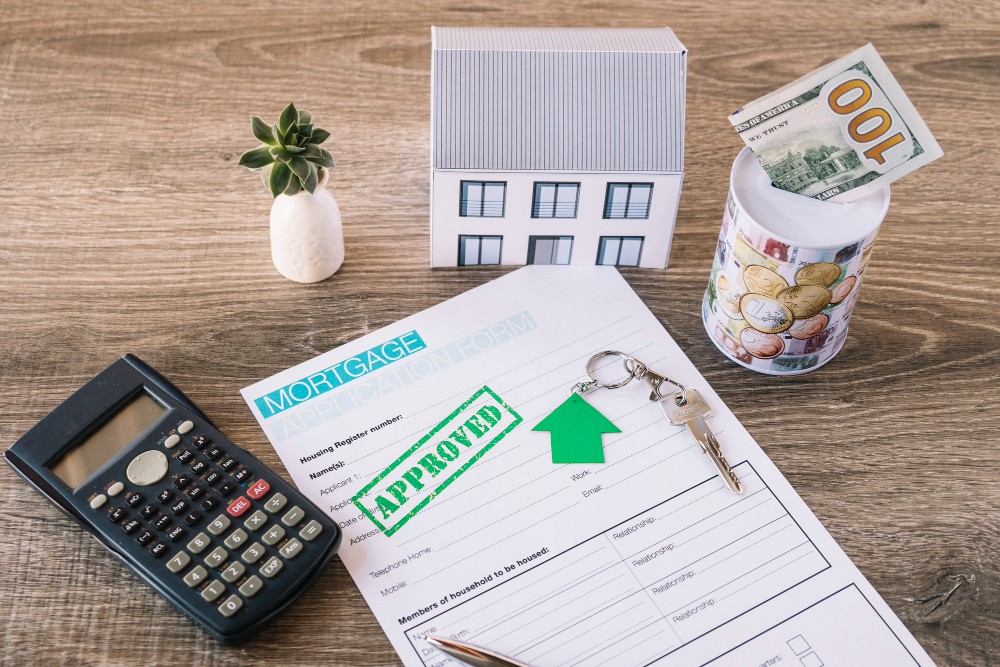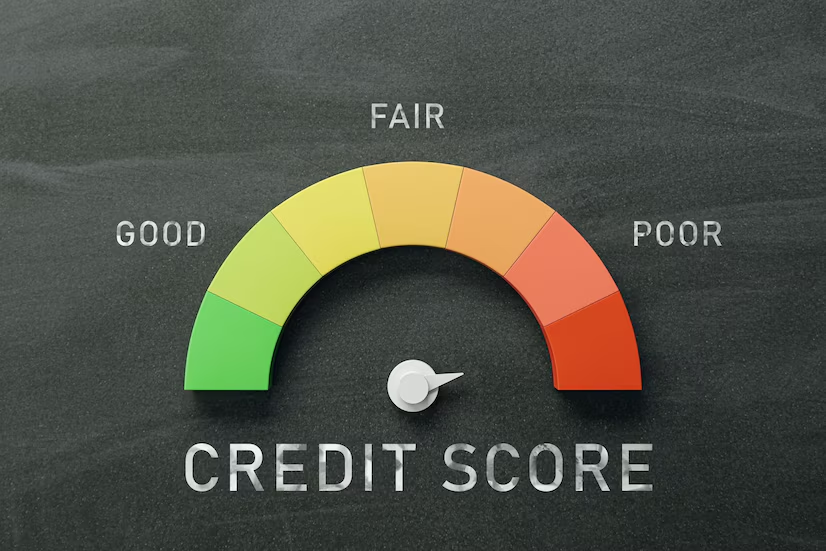Refinancing your mortgage can be a strategic financial move to lower your interest rate, reduce your monthly payments, or shorten your loan term. By taking advantage of favorable market conditions and understanding the refinancing process, you can potentially save thousands of dollars over the life of your loan. In this comprehensive guide, we’ll walk you through the step-by-step process of refinancing your mortgage, providing valuable tips to help you achieve your financial goals and maximize your savings.
Understanding Mortgage Refinancing
Before diving into the refinancing process, it’s essential to understand what mortgage refinancing entails. Refinancing involves replacing your existing mortgage with a new loan, typically at a lower interest rate or different terms. The goal of refinancing is to save money on interest, reduce monthly payments, or pay off your mortgage faster.
Step-by-Step Guide to Mortgage Refinancing
Follow these step-by-step tips to navigate the mortgage refinancing process effectively:
- Evaluate Your Financial Goals: Start by clarifying your financial objectives for refinancing. Determine whether you aim to lower your monthly payments, reduce the total interest paid over the life of the loan, or shorten the loan term to pay off your mortgage faster. Understanding your goals will guide your refinancing decisions.
- Check Your Credit Score: Your credit score plays a significant role in determining the interest rates and loan terms you qualify for when refinancing. Obtain a copy of your credit report from major credit bureaus and review it for any errors or inaccuracies. Take steps to improve your credit score if needed by paying bills on time, reducing debt, and addressing any negative marks on your credit report.
- Shop Around for Lenders: Research and compare mortgage lenders to find the most competitive rates and terms for your refinancing needs. Consider factors such as interest rates, loan fees, closing costs, and customer reviews when evaluating lenders. Obtaining quotes from multiple lenders allows you to compare offers and negotiate for the best deal.
- Gather Necessary Documentation: Prepare the required documentation to streamline the refinancing process. This may include recent pay stubs, W-2 forms, tax returns, bank statements, and documentation of any assets or liabilities. Having these documents readily available will expedite the loan application and approval process.
- Calculate Your Break-Even Point: Determine your break-even point to assess the cost-effectiveness of refinancing. The break-even point is the time it takes for the savings from refinancing to offset the closing costs and fees associated with the new loan. Use online calculators or consult with your lender to estimate your break-even point based on your refinancing terms.
- Choose the Right Loan Term: Selecting the appropriate loan term is crucial when refinancing your mortgage. Consider whether you want to shorten the loan term to pay off your mortgage faster or extend the term to lower your monthly payments. Compare the total interest costs and monthly payments for different loan terms to make an informed decision.
- Submit Your Loan Application: Once you’ve chosen a lender and refinancing terms, submit your loan application. Provide accurate and thorough information to expedite the underwriting process. Be prepared to provide additional documentation or answer questions from the lender as needed during the application process.
- Review and Sign Loan Documents: Review the loan documents carefully before signing to ensure that the terms align with your expectations and financial goals. Pay close attention to the interest rate, loan term, closing costs, and any prepayment penalties. If you have any questions or concerns, don’t hesitate to seek clarification from your lender or a trusted financial advisor.
- Close the Loan: Once your loan application is approved, schedule a closing date with your lender to finalize the refinancing process. During the closing, you’ll sign the loan documents, pay any remaining closing costs or fees, and officially refinance your mortgage. After closing, continue making payments on your new loan according to the terms outlined in your loan agreement.
Tips for Maximizing Refinancing Savings
In addition to following the step-by-step process outlined above, consider the following tips to maximize your savings when refinancing your mortgage:
- Act Quickly in a Low-Rate Environment: Monitor interest rate trends and act quickly when rates are favorable. Refinancing during a low-rate environment can result in significant savings over the life of your loan.
- Consider No-Closing-Cost Refinancing: Some lenders offer no-closing-cost refinancing options, where the closing costs are rolled into the loan amount or covered by the lender in exchange for a slightly higher interest rate. Evaluate whether a no-closing-cost refinance is a cost-effective option for your situation.
- Continue Making Higher Payments: If you refinance to a lower interest rate or shorter loan term, consider continuing to make the same monthly payments or increasing your payments to pay off your mortgage faster. This strategy can help you build equity more quickly and save on interest costs over time.
- Avoid Restarting the Clock: Be cautious when refinancing to avoid resetting the clock on your loan term. If you’ve already made substantial progress toward paying off your mortgage, refinancing to a new 30-year loan term could extend the time it takes to pay off your home and increase your total interest costs.
FAQs
- What is mortgage refinancing, and how does it work?
Mortgage refinancing involves replacing your existing mortgage with a new loan, typically to take advantage of lower interest rates, change loan terms, or tap into home equity. The process often entails paying off your current mortgage with the proceeds from the new loan.
- When is the right time to refinance my mortgage?
The right time to refinance your mortgage depends on factors such as current interest rates, your credit score, financial goals, and how long you plan to stay in your home. Generally, it may be beneficial to refinance when interest rates are lower than your current rate or if you want to change your loan terms to save money or pay off your mortgage faster.
- What are the potential benefits of mortgage refinancing?
Mortgage refinancing can offer several potential benefits, including lowering your monthly payments, reducing your interest rate, shortening your loan term, accessing home equity for cash-out refinancing, consolidating debt, or switching from an adjustable-rate mortgage (ARM) to a fixed-rate mortgage for stability.
- What factors should I consider when deciding whether to refinance?
When deciding whether to refinance your mortgage, consider factors such as current interest rates, your credit score, closing costs, the break-even point (the time it takes for the savings from refinancing to offset the closing costs), how long you plan to stay in your home, and your financial goals.
- What documents do I need to refinance my mortgage?
The documentation required for refinancing varies by lender but typically includes recent pay stubs, W-2 forms, tax returns, bank statements, and documentation of assets and liabilities. Your lender will provide a list of required documents to complete the refinancing process.
- How does refinancing affect my credit score?
Refinancing your mortgage may have a temporary impact on your credit score due to credit inquiries and the opening of a new credit account. However, if you manage your new loan responsibly by making timely payments, your credit score may improve over time.
- What are closing costs, and how much do they typically cost when refinancing?
Closing costs are fees charged by lenders and third parties to process and close your refinancing loan. Closing costs typically range from 2% to 5% of the loan amount and may include application fees, origination fees, appraisal fees, title insurance, and prepaid expenses such as property taxes and homeowners insurance.
- Can I refinance my mortgage if I have less-than-perfect credit?
Yes, it may be possible to refinance your mortgage with less-than-perfect credit, but you may encounter higher interest rates or additional requirements. Some lenders offer specialized loan programs for borrowers with lower credit scores or alternative credit histories. It’s essential to shop around and explore your options to find a lender willing to work with you.
Conclusion
Refinancing your mortgage is a strategic financial decision that can help you save thousands of dollars over the life of your loan. By following the step-by-step tips outlined in this guide and considering additional strategies for maximizing savings, you can navigate the refinancing process with confidence and achieve your financial goals. Remember to evaluate your options carefully, shop around for the best rates, and consult with a trusted mortgage professional to ensure that refinancing is the right choice for your individual circumstances. With careful planning and consideration, you can unlock significant savings and achieve greater financial security through mortgage refinancing.


















